In a move that has become somewhat characteristic of his administration’s approach to trade policy, President Donald Trump announced on Sunday that he would delay the imposition of a 50% tariff on European Union (EU) imports until July 9. This decision follows a pattern of declaring impending tariffs, causing market confusion, and then walking back or delaying the threatened levies. The latest delay came after a “very nice call” between Trump and European Commission President Ursula von der Leyen, during which von der Leyen requested more time for negotiations.
The Announcement and Its Implications
Trump informed reporters at Morristown Municipal Airport in New Jersey that he had agreed to von der Leyen’s request to delay the tariffs from June 1 to July 9. “She said she wants to get down to serious negotiation,” Trump said. “July 9 would be the day, that was the date she requested. Could we move it from June 1 to July 9? I agreed to do that.” He added that von der Leyen had expressed a desire to “rapidly get together and see if we can work something out.”
This announcement came as a surprise, given Trump’s recent statements indicating that he was “not looking for a deal” with the EU and that the tariff rate was set at 50% and would go into effect on June 1. The delay provides a temporary reprieve for markets and businesses on both sides of the Atlantic, allowing for further negotiations to take place.
Market Reactions
Following the news of the delay, stock markets in Asia posted modest gains on Monday. Japan’s benchmark Nikkei 225 rose as much as 0.8% in early trading, while South Korea’s KOSPI gained 0.9%. China’s Shanghai Composite Index edged up 0.3%. Taiwan’s TAIEX and Australia’s S&P/ASX 200 traded relatively flat, while Hong Kong’s Hang Seng Index slipped 0.3%.
The delay in tariffs has been welcomed by businesses and investors who feared the immediate economic impact of such high tariffs. The potential for a trade war escalation had been a significant concern, and the additional time for negotiations offers hope for a more stable and predictable trade environment.
The Broader Context of US-EU Trade Relations
The US-EU trade relationship has been marked by significant tensions, particularly over issues such as non-monetary trade barriers and trade deficits. Trump has repeatedly criticized the EU for practices he deems unfair, including value-added taxes (VATs) and digital service taxes (DSTs). These practices, he argues, contribute to the US trade deficit with the EU, which stood at $236 billion last year according to US Commerce Department data.
The EU has been equally vocal in its stance, emphasizing its commitment to securing a fair and mutually beneficial deal. Von der Leyen’s request for additional time reflects the EU’s desire to negotiate in good faith and avoid the economic disruptions that high tariffs could cause.
The Role of Treasury Secretary Scott Bessent
Treasury Secretary Scott Bessent has also played a significant role in shaping the administration’s trade policy. In a recent interview, Bessent echoed Trump’s sentiments, suggesting that the US does not need to return to manufacturing low-margin goods like textiles. Instead, the focus should be on high-value industries such as military equipment and artificial intelligence.
Trump reiterated this point on Sunday, stating that he “tended to agree” with Bessent’s comments. “We’re not looking to make sneakers and t-shirts … we want to make military equipment,” Trump said. “We want to make big things. We want to do the ‘AI thing’ with the computers.”
This strategic shift reflects a broader vision for the US economy, emphasizing high-tech and defense industries over traditional manufacturing. It also aligns with the administration’s focus on reducing trade deficits through targeted economic policies.
The Path Forward
The delay in tariffs until July 9 provides a crucial window for negotiations between the US and the EU. Both sides have expressed a willingness to engage in serious talks, with von der Leyen emphasizing the EU’s readiness to advance discussions swiftly and decisively. The outcome of these negotiations will have significant implications for global trade and economic stability.
As businesses and investors await the results of these talks, the focus will be on finding a mutually acceptable solution that addresses the concerns of both parties. The EU’s commitment to negotiating in good faith, combined with the US’s willingness to delay tariffs, offers a glimmer of hope for a resolution that avoids the worst-case scenario of a trade war escalation.
Navigating the Complexities of Global Trade
The delay in the imposition of tariffs on EU imports marks another chapter in the complex and often unpredictable landscape of US-EU trade relations. While the temporary reprieve offers some stability, the underlying issues remain unresolved. The upcoming negotiations will be crucial in determining the future of this vital trade relationship.
As both sides work towards a solution, the importance of maintaining open lines of communication and a commitment to fair and mutually beneficial trade practices cannot be overstated. The global economy depends on stable and predictable trade policies, and the US and the EU have a shared responsibility to ensure that their actions contribute to this stability.
The success of these negotiations will not only impact the economies of the US and the EU but will also have ripple effects across the global economic landscape. The coming weeks will be critical in shaping the future of US-EU trade relations and, by extension, the broader global economy.

By Grace Cox/May 26, 2025

By Emma Thompson/May 26, 2025

By Christopher Harris/May 26, 2025

By Laura Wilson/May 26, 2025

By Thomas Roberts/May 26, 2025

By Laura Wilson/May 26, 2025
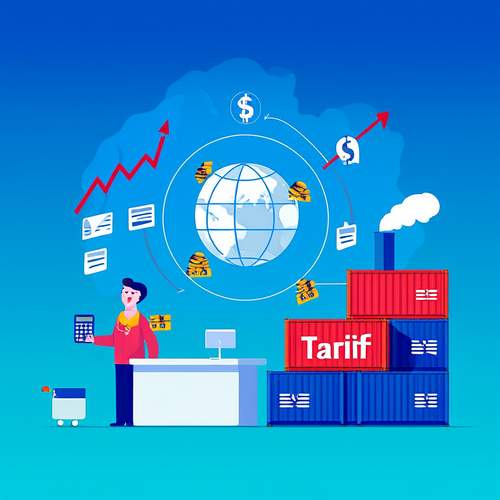
By Amanda Phillips/May 26, 2025

By Noah Bell/May 26, 2025

By Laura Wilson/May 26, 2025

By John Smith/May 26, 2025

By Sarah Davis/May 26, 2025

By James Moore/May 26, 2025

By Amanda Phillips/May 26, 2025
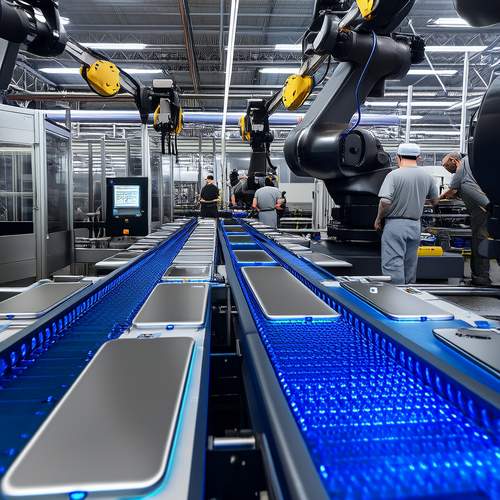
By Michael Brown/May 26, 2025

By Daniel Scott/May 26, 2025

By Thomas Roberts/May 26, 2025

By Victoria Gonzalez/May 26, 2025
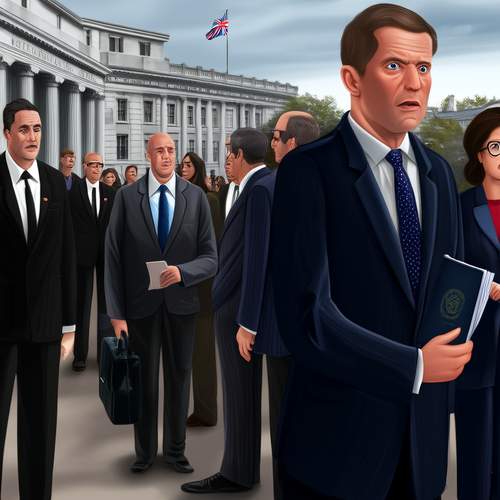
By Grace Cox/May 26, 2025
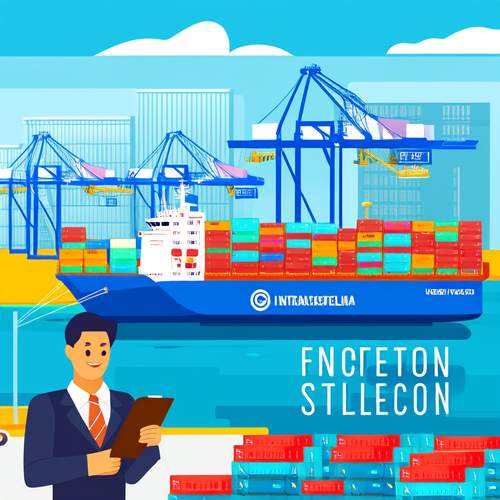
By Rebecca Stewart/May 26, 2025
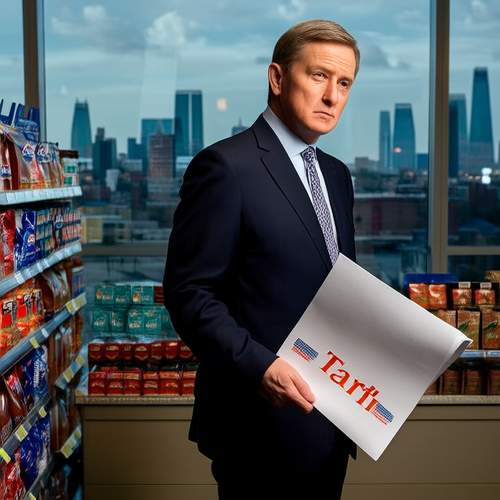
By Laura Wilson/May 26, 2025